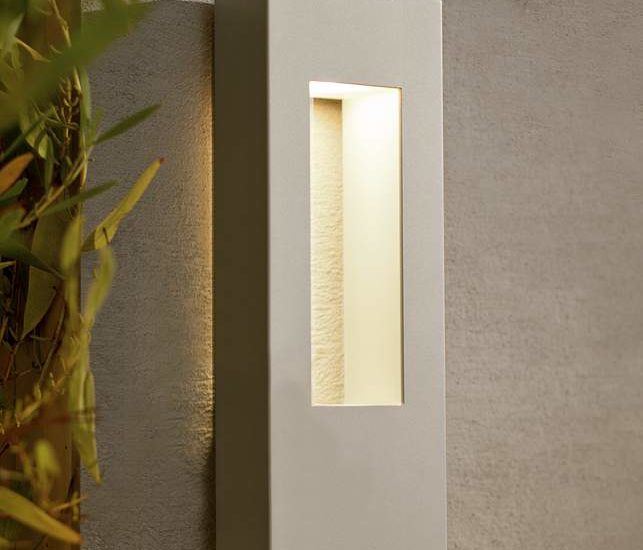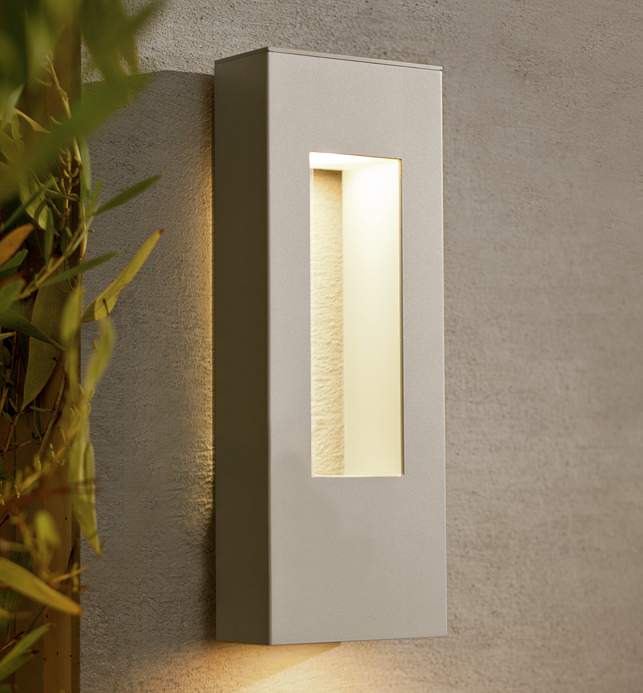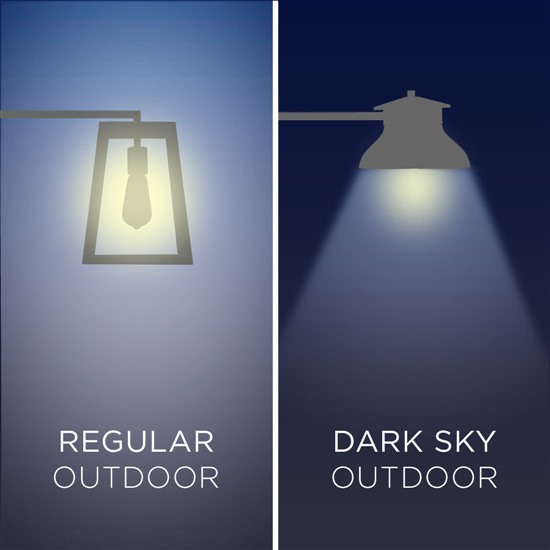A Guide to Dark Sky Outdoor Lighting – 6 Quick Tips

Dark Sky outdoor lighting is designed to direct light to the ground, not up into the sky where it can contribute to light pollution. Even if you don’t live in a community that has a dark sky ordinance, there are many sound reasons for applying the basic ideas to your home lighting scheme.

Dark Sky Lighting and Light Pollution
Outdoor lighting is one of the most rapidly growing areas of lighting design. More and more consumers and retail business are paying attention to their outside lighting, not only out of security and safety concerns, but also to enhance and beautify their property or business fronts.
Unfortunately, examples of bad lighting are rampant. Poor placement of lighting and the use of improper fixtures or products cause a variety of problems, from glare to “light trespass”, where light from a source illuminates an adjacent property.
Carelessly positioned lights also contribute to “sky glow”, meaning that light goes upwards or is bounced up from a reflective surface.

In response, a growing number of communities are legislating “dark sky” ordinances to control so-called “light pollution”. These regulations often call for dark sky outdoor lighting and specify the types of reflectors, shields, cut-off angles and bulb types that may be used on new or existing structures.
Dark Sky lighting designs that follow these new specs direct light downwards to the ground rather than out to the sides or into the night sky.
Reasons to Switch to Dark Sky Lights
For starters, buying fixtures which aim most of their light output down towards the ground reduces glare and actually improves visibility. This means you can reduce the wattage and number of lights necessary to light an area, saving you energy and money.
Downlighting with efficient light fixtures can also improve the visual look of your property, creating a more subtle, eye-pleasing effect.
6 Quick Tips for Dark Sky Lighting
If you are considering Dark Sky lighting, here are a few ideas to keep in mind as you shop:
TIP 1. Consider using motion sensor outdoor lights that turn on when you need the light and turn off when you don’t.
TIP 2. Sometimes less is more. Reduce the wattage on your outdoor bulbs, say from 100 to 50 watts. Good outdoor lighting is not overly bright in relation to the surrounding area.
TIP 3. Fixtures for driveway areas, walkways, garden areas and street lighting should direct all of their light to the ground.
TIP 4. To protect the visibility of the night sky, avoid uplighting.
TIP 5. Be considerate of neighbors – avoid light trespass and blinding glare that spills over into neighboring yards.
TIP 6. Use the most efficient lamp suitable.
Efficient dark sky lighting not only protects the environment and conserves our energy resources, but it will save you money in the long run.
More Dark Sky Lighting Ideas and Advice
Questions With the International Dark Sky Association Part 1
Questions With the International Dark Sky Association Part 2
3 Easy Ways to Dark Sky Lighting
More Outdoor Lighting Ideas and Advice
Quick Guide: Choosing the Right Sized Exterior Lighting
Create Outdoor Ambiance with Deck Lighting
Layers of Light for Outdoor Lighting
